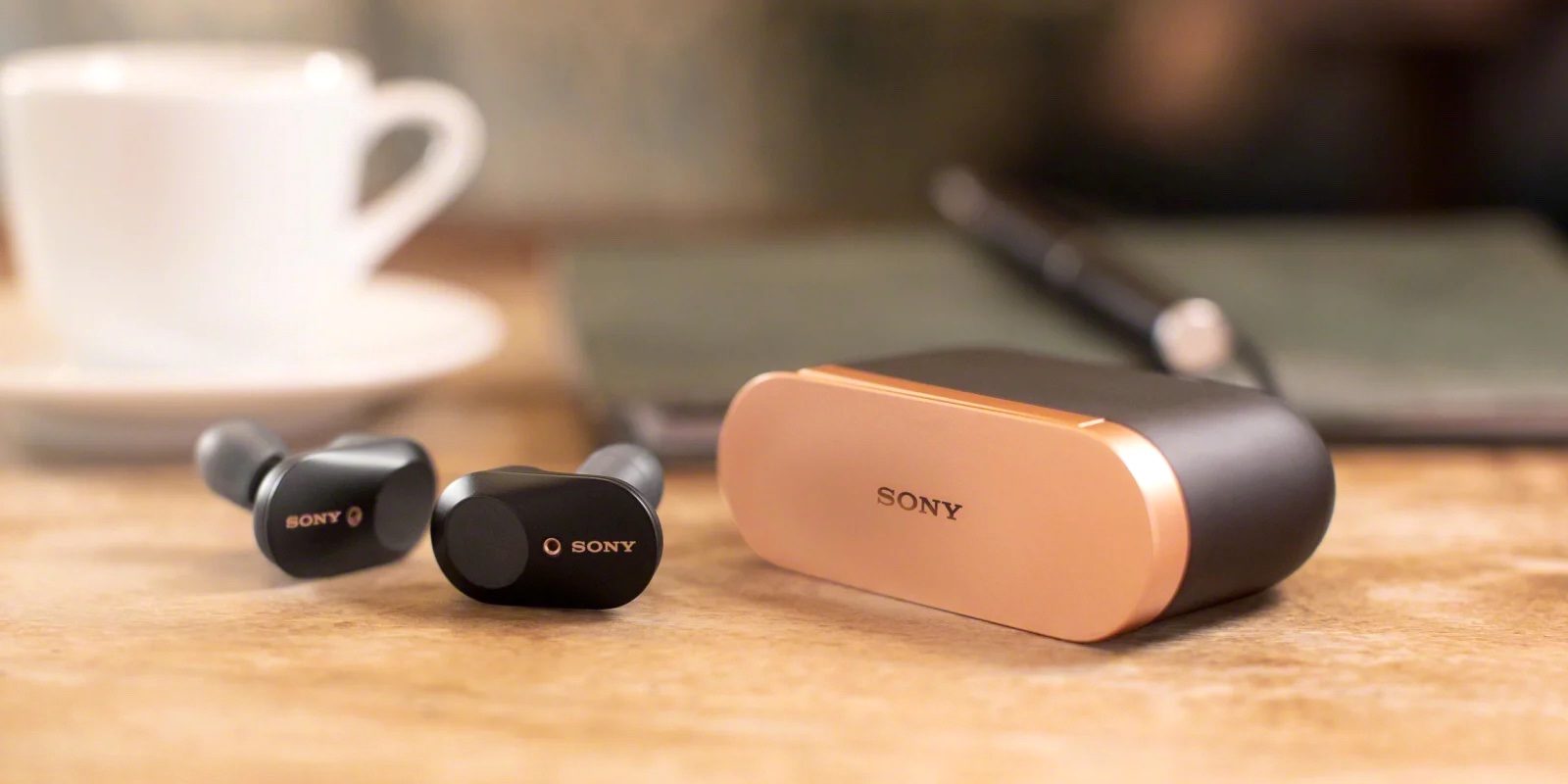Review: Sony WF-1000XM3 is the Best Noise Cancellation Wireless Earbuds
The new WF-1000XM3 Sony Wireless True Headphones are very well-suited: they are part of the 1000X family lauded brand of noise-canceling cans – including the award-winning Sony WH-1000XM3. They are expected to offer superior noise suppression and no small styling. These real wireless buds are not to be missed!
Price and Availability
The price for the Sony WF-1000XM3 is $230, AU$400 €250 (Ireland) and £220.
Approximately one-third cheaper than the WH-1000XM3 over-ear, offered both in and elegant silver champagne and standard black. We also have competitive prices for competing wireless earbuds such as the Bose QuietControl 30 at $299 that also provide active noise cancellation.
Design
The WF-1000XM3 would have already win if earbuds were judged by their layout alone: they lack the unapologetic dorkiness of Apple AirPods and Sennheiser’s protrusive bulk. Plus they look amazing and are comfortable in ears with just 8.5g weight.
The headphones come in a copper-covered rechargeable case and kept safe with magnets. When a rescue charger is required, the case itself is used as a battery pack.
The late WF-1000X successors were released in 2017. The sound quality and noise cancelation enhancements are new fatures. Each bud includes a double sensor module and the installation like the WH-1000XM3 over-ear as the same QN1 sound cancelation processor.
In comfort, these are influenced by the WF-1000XM3 buds. These are smart and convenient, and can be adjusted according to your ear structure. Above all, you won’t think you’re going to fall down earbuds while you’re going down the street. A rechargeable case is always there to charge it if you are away from charger or home.
Features
There is little lacking with respect to specifications: In addition to Bluetooth NFC linking, Google Assistant support and well-known refinements in Sony audio processing, like DSEE HX, are offered to restore contextual information to failure streams. Hands-free voice calling is also supported.
In fact, the Sony Headphones Connect partnering app enables you to change EQs if necessary, which is not an option that every headphone has nowadays. You can also make Bluetooth connection a priority over sound quality.
A number of physical controls are available, similar to their full-size stablemates, but their use is considerably fiddlier with the limited headphone area.
The nearness sensor allows the monitoring of the wireless earbuds, like the Powerbeats Pro and other high-end, so that WF-1000XM3 knows when they will be used. Take one off and your music will stop and reset if you put it in order.
A Quick Attention mode is also available in the right ear bud, an important element in the WH-1000X series over-ear, which enables you to adjust the earbud to clearly hear the ambient sound. But, sadly, on-bud volume control is not available, only the app can do so.
What’s bad news other than that? The LDAC Bluetooth extension of aptX HD or Sony is not supported. For contrast, the WF-1000XM3 uses a 24-bit audio processor, not WH-1000XM3 32-bit.
Read More: Sony Wireless Audio Transmitter/Receiver
Performance
Minor 6-mm drivers miraculously conjure up a large, extensive, spatially reliable sound, and show clarity and rhythm.
It is silky smooth in the center if you do podcasts. They roll best if you want to rock out – guitars have edge, basses are tight and hard. Sounds positive, too, for dancing and pop mixes.
There’s a strong bass, but no boom. Over-ears are always a better bet if you want a louder thump.
The ability to suppress noise is a true test for the WF-1000XM3. We took them to a busy route and a tour and then checked them on flight in order to learn more. The results were unexpectedly good.
The WF-1000MX3 uses the same noise cancelation system, but it is not directly compared to its bigger brother. Sony said the HD noise cancellation processor QN1e is the same as the one in the WH-1,000XM2.
The regular train, tram and bus was where the noise cancelation of Sony was visible. Noise is highly suppressed. The headphones are extremely good to reduce noise, thanks to double noise detectors in each bud.
We find Active Noise Cancelling almost not possible to talk to – which is good to keep conversations outside in an aircraft, train or office day at least.
But the aircraft cabin sound was too high for the dwindling buds. Although the WF-1000XM3 can reduce the noise at the flight departure, but not similar to the WH-1000XM3 with the same ruthless efficiency certainly has not yet been proved.
Bluetooth’s stability has always been good. With a new simultaneous L/R connection, Sony positioned the Bluetooth antenna at the top of the headset and minimized delay which is easy to view on your mobile on the Screen. It also improves the signal quality, reduces the power consumption, and only one earbud can be added when necessary.
Battery Life
The WF-1000XM3 has an advantage over rivals including Sennheiser’s Momentum True Wireless (4 hrs), with a capacity of nearly 6 hours per charge, when it comes to battery life. You can get a couple of hours if you skip noise cancellation entirely-but where is the pleasure in skipping this option?
The charger has a quick loading speed. Charge it for 10 minutes and you get another 90 minutes of battery life.
Final Words
Despite a number of challenges, Sony not only has a good noise cancelation system and excellent audio, but it is also one of the most looked-up True Wireless headphones.
The battery life is higher than average, which is quite good. Early wireless earbuds like PowerBeats Pro can be alternative, but again, these ones are not that bad.
Read Next: Sony Wireless Mic System WCS-999 Unboxing Hands on




